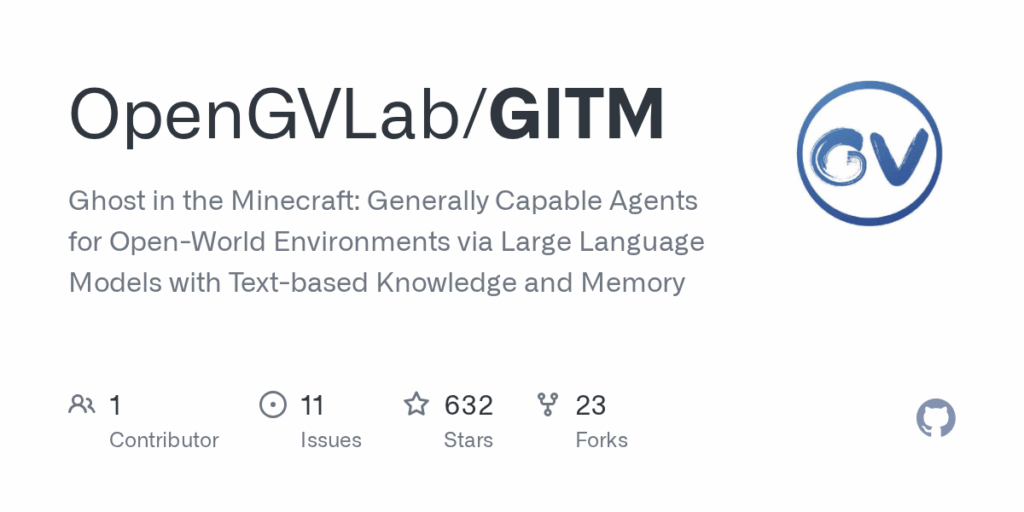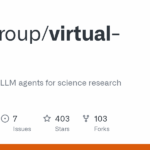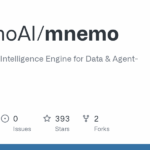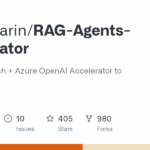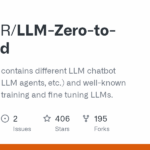GITM
Basic Information
This repository presents Ghost in the Minecraft (GITM), a research framework that integrates large language models with text-based knowledge and memory to build generally capable agents for the open-world game Minecraft. The project demonstrates a hierarchical LLM-based agent paradigm that decomposes high-level goals into sub-goals, plans structured actions, and translates those into low-level keyboard/mouse operations. It is intended to explore how LLMs can handle long-horizon, complex tasks and adapt to environment uncertainty in a Minecraft setting. The README documents experimental results, architecture components, demo videos, and quantitative comparisons against prior RL-based methods, emphasizing broad task coverage across the Minecraft Overworld technology tree and improved training efficiency on modest hardware.

